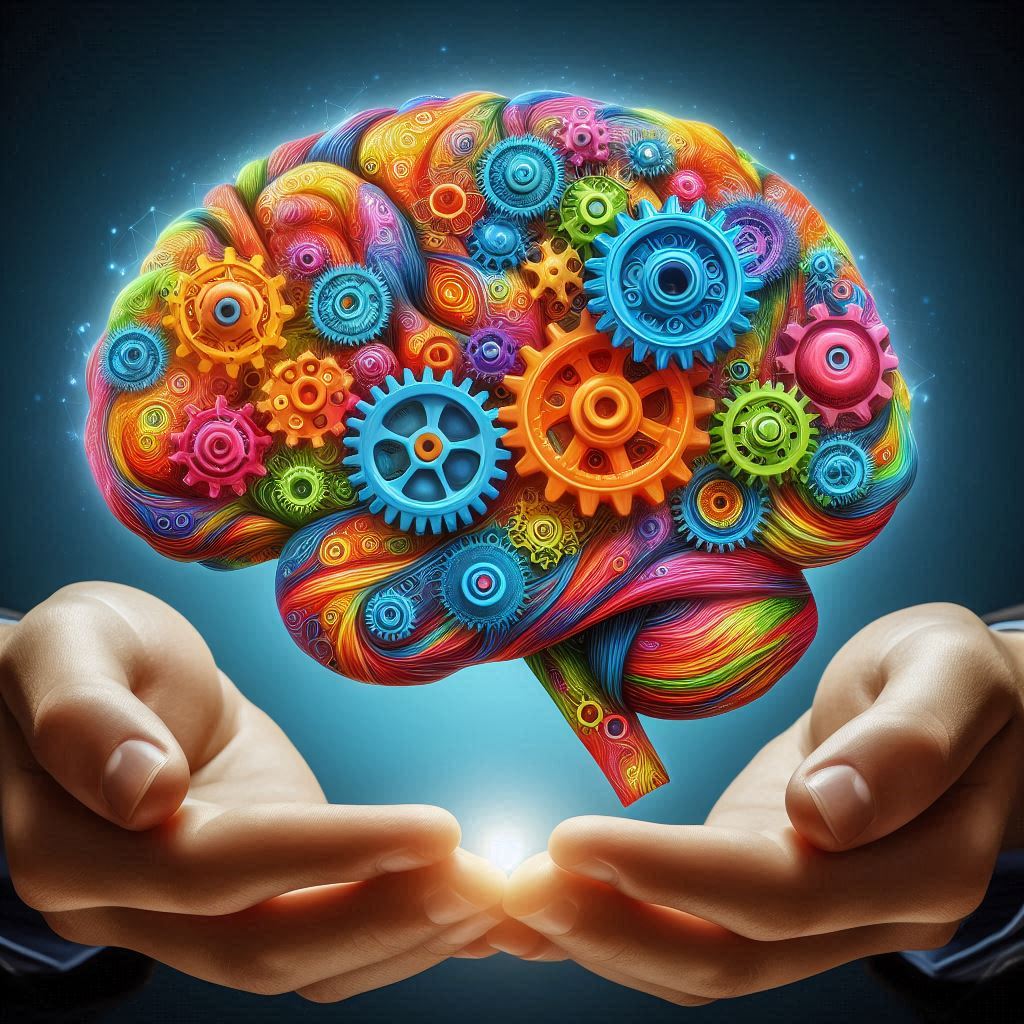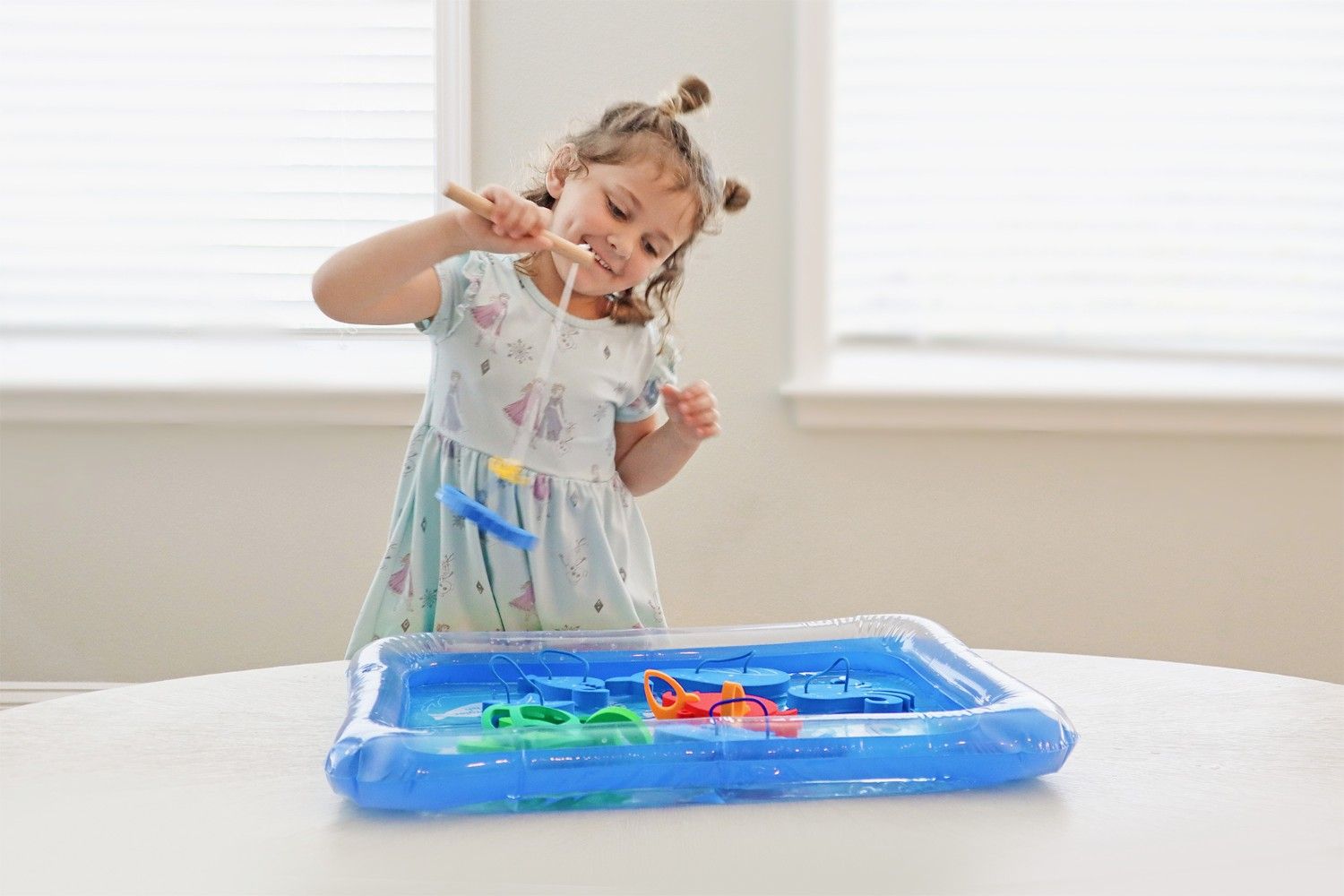
STEM Activities for Autistic Kids: Engaging and Empowering Learning
Every child has unique learning needs, but children with autism spectrum disorder (ASD) require some extra guidance and support. As a parent or teacher, it is crucial to understand what children with autism need and how to best support their learning.
Read more











